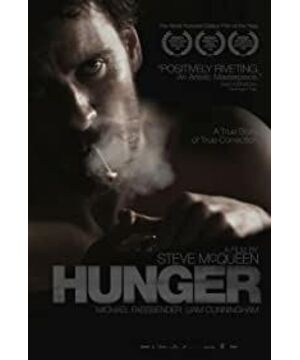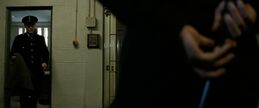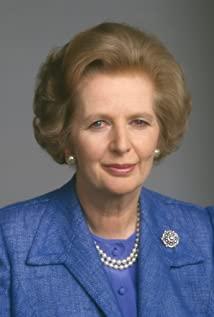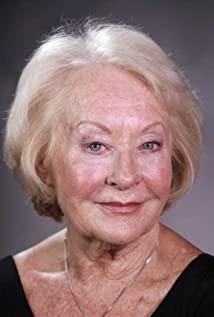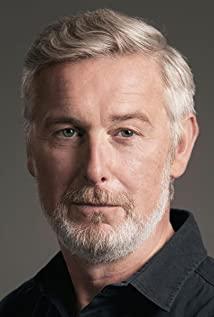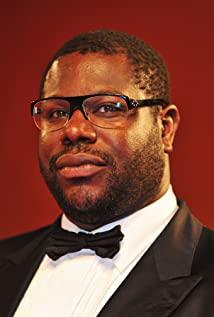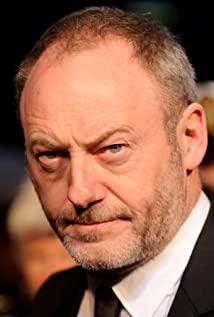"Hunger", as the most powerful movie in 2008, resolutely told the whole world about the hunger strike of the Irish Republican soldiers in 1981. It comes from a real incident. In order to protest against Margaret Thatcher’s refusal to treat captured soldiers as political prisoners, Bobby Sands, a Republican prisoner detained in Metz Prison, started a hunger strike until his death. The film revolves around the life course of Sands in the last six weeks before his death.
In terms of the structure of the story, "Hunger" is unconventional, and the whole movie can be divided into three parts. The first part tells the stories of several prisoners and warden in an intersecting form. This is the first fifteen minutes of the beginning of the film, at this time the real protagonist of the story has not yet appeared. The second part is a 20-minute dialogue between Bobby Sands and the pastor. This long discussion is also the entrance to the study and understanding of the entire movie. The third part is that Sands started a hunger strike until he finally died. This is the most poetic part of the film, with lyrical poetic beauty, touching but at the same time shocking.
I personally think that "Hunger" can become the best one of its kind, mainly because of the many years of artistic background of director Steve McQueen. Perhaps, McQueen, 39, is still an unfamiliar name to the film industry, but you must know that in the British art circle, he has long been a commended visual artist: McQueen relied on 1999 The film installation art following the example of Buster Keaton won the Turner Prize, the most watched art award in the UK. I believe this also explains why McQueen was able to present such a wonderful film to the audience for the first time as a director. Steve McQueen said in an interview that the New Wave and Andy Warhol’s films had a deep influence on him, and in his first film attempt, he also incorporated his unique visual beauty into Throughout the film, the unique visual style of "Hunger" was formed. The film is full of impact, powerful but lyrical, and each static picture is like a beautiful work of art. The prisoners in the film mostly appear in nude images. This is also a way for them to express their dissatisfaction with the government not recognizing them as political prisoners. It is called "blanket protest." The naked bodies of the prisoners are in sharp contrast with the uniforms of the prison guards, which makes the audience's eyes have to focus on their bodies. These nude images are like human statues in the Renaissance period. The powerful muscles reflect the inner strength of the person; and the tension and relaxation are the ideal expression of the harmony between the spirit and the body. Michael Fassbender, the actor of the actor Sands, also paid a considerable price for this, losing nearly 45 kilograms of weight.
The climax of the whole film is the fierce debate between Sands and the priest on a hunger strike. In the first 17 minutes of the scene, the camera was motionless, quietly facing Sands and the priest. In this scene, McQueen abandoned the front and back shots commonly used in the dialogue, and used a fixed camera side to face the two people without any visual interference. This is a bold attempt by the director. Obviously, this trick worked very well. We calmly observe their every move from the perspective of a third person, and can even feel their breath and breath, because there is no sound effect in the whole scene. The director forced us to listen to what they argued. They talked about life or death, about respect for life, the desire for freedom, and the firmness of faith. The next 15 minutes was a one-man show for Sands, with the camera focusing on his thin body and bed sores all over his body. And it is only possible for people to re-examine themselves and their lives without eating or drinking. On the last night of his life, the memories of his boyhood flowed down like poetry, and Sands extracted those wonderful moments from the memory.
More than two decades have passed, and the issue of Northern Ireland is no longer the focus of international news. We can finally calm down and take a good look at this history. How to describe the whole event and from what angle should be the biggest problem for the director in the creative period. The success of "Hunger" lies in the director and screenwriter's excellent grasp of the entire history. The film presents different voices and different characters: there are heroes who use the body as a weapon of resistance, there are prison guards who live in fear every day but are assassinated in the end, and riot police who hide in the corner and cry alone. Movies are a mirror of history. What we have to do is not to explore the truth of history, but to carry out a deep interpretation and reflection on human nature.
View more about Hunger reviews


